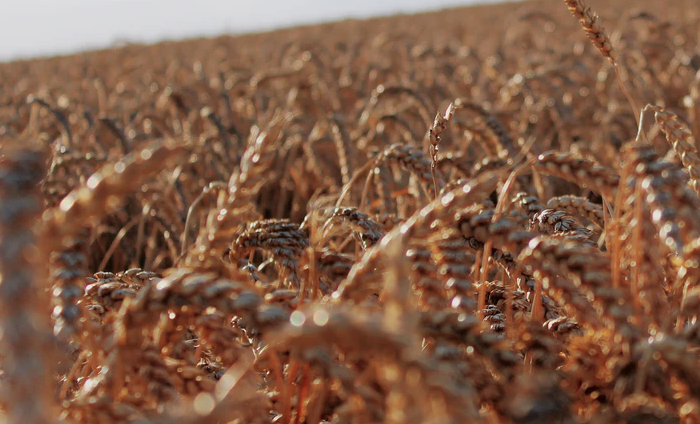Gluten in sports food
Why do manufacturers add gluten to their protein mixes, or how not to buy piglet feed?
Gluten is a plant protein found in wheat, oats, rye, and barley. It is the reason for the viscosity and firmness of bread dough. Gluten makes bread hearty, protein shakes cheap, and protein maker rich.
Gluten Free marking
When choosing sports nutrition, not everyone will pay attention to the presence of the “Gluten Free” label. Disorders caused by gluten are rare. Celiac disease occurs in 1% of people. Therefore, there are separate types of protein for people who hate gluten.
What is celiac disease?
Celiac disease, also known as celiac disease, is a genetic, immunological disease. Celiac disease is caused by an increased sensitivity to gluten, a storage protein found in cereals, mainly wheat, rye, barley, and oats.
Gluten, which has a toxic effect on the digestive system, leads to the disappearance of the villi of the small intestine, which impairs the absorption of food. Disorders leading to a number of unwanted symptoms: abdominal pain, bloating, bone and joint pain, anemia, diarrhea, and diarrhea.
The “Gluten Free” label on the supplements speaks not only of the manufacturer’s concern for people with gluten intolerance. Let’s take a closer look at what this marking gives to the consumer.
Gluten Free labeling guarantees the purity of the mixture
Unfair sports nutrition manufacturers are not shy about adding gluten to foods to increase the percentage of protein in the mix. The proportions, as a rule, are not deciphered, and it is impossible to understand how much gluten is in the mixture.
Gluten Free label protects against overpayment
Gluten is 30-40 times cheaper than whey protein. By choosing a supplement labeled “Gluten Free” you do not overpay.
Below is a comparison of wheat gluten supplier prices with those of whey isolate supplier. For correctness, we compared the prices of two Chinese suppliers, since 99% of the gluten market is China.
Gluten Free label guarantees high production standards
In order to put the “Gluten Free” label on the can, the company undergoes strict certification.
Requirements for certification at GFCO (Gluten Free Certification Organization) in Canada:
– Ingredients in certified products contain no more than 0.000001 gluten per gram.
– Certified products do not contain barley-based ingredients.
– Finished products, raw materials and equipment undergo regular tests and annually confirm the certificate.
– Manufacturing plants certified by GF undergo annual audits and regularly submit finished products to GFCO (Gluten Free Certification Organization) for inspection.
– To obtain GF certification, companies comply with government regulations regarding allergens, gluten-free labeling and good manufacturing practices (cGMP).
– Products certified by GFCO (Gluten Free Certification Organization) are recommended by the Canadian Celiac Association.
Certified establishments undergo comprehensive testing to detect gluten in foods using polymerase chain reaction (PCR) and enzyme-linked immunosorbent assay (ELISA) techniques to determine the presence of gluten at low levels.
If the enterprise does not pass the certification, you are not insured that the product is manufactured without complying with sanitary and epidemiological standards, on untested equipment, by unqualified people in the basement.



